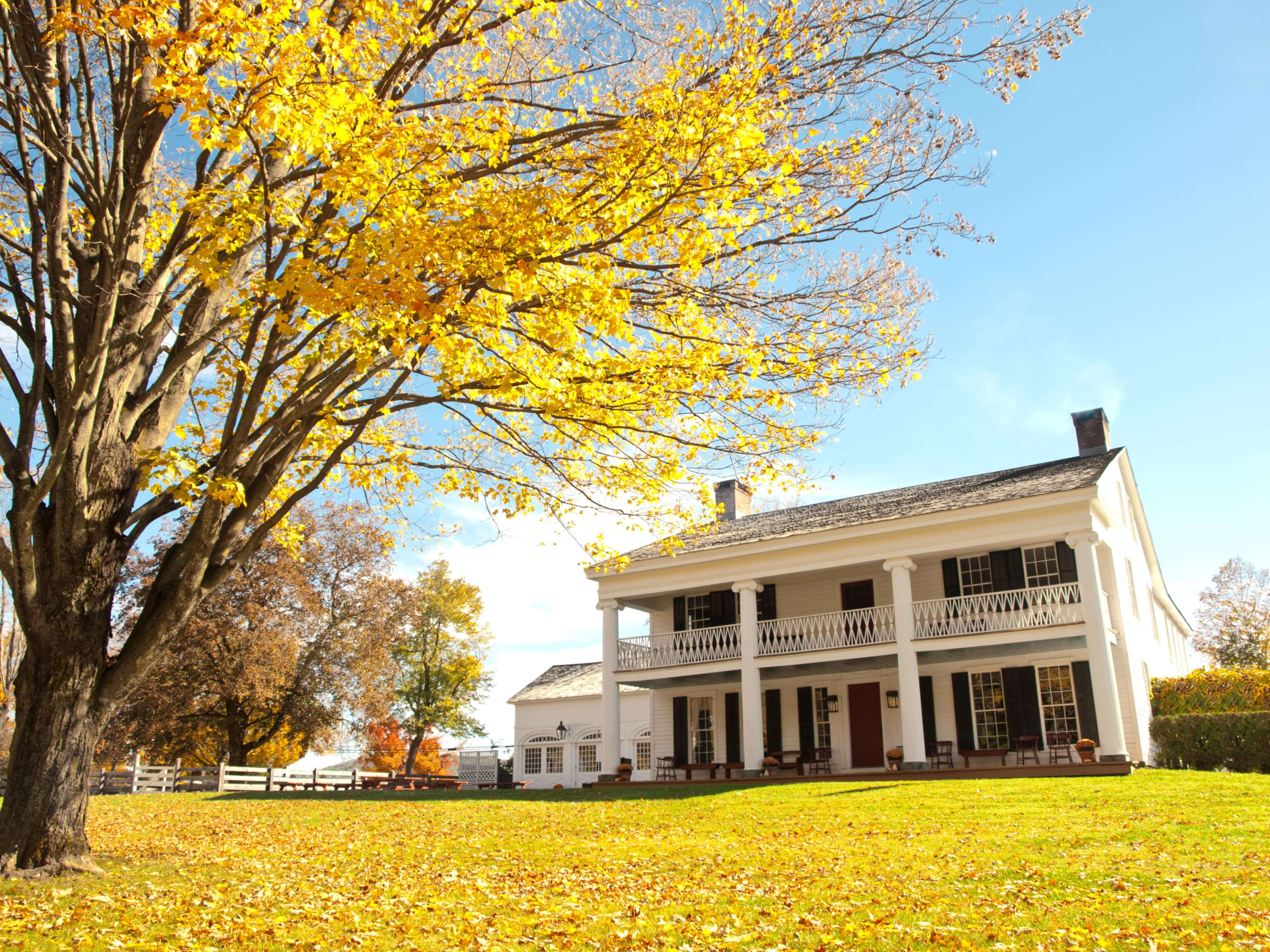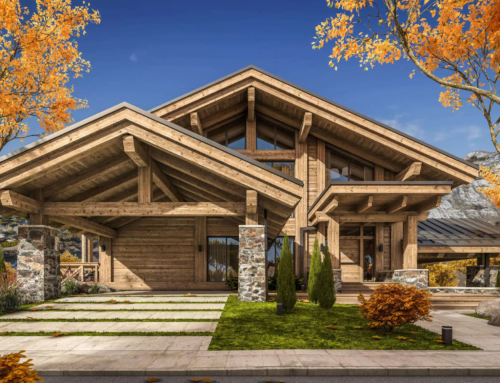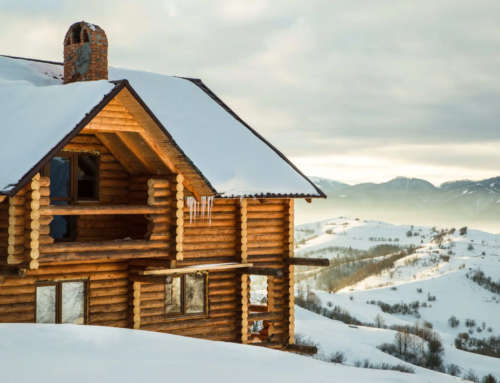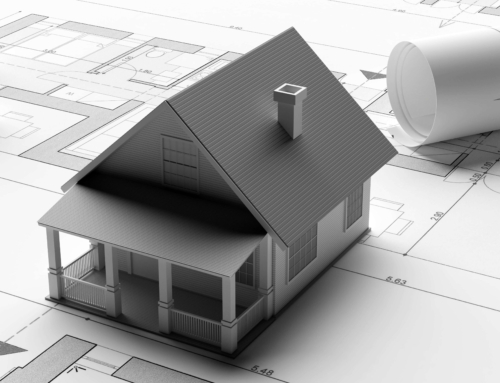In the heart of Colorado, where the rugged landscapes meet the echoes of bygone eras, historical home renovation emerges as a captivating endeavor, blending modern ingenuity with a profound reverence for the past. From meticulous preservation techniques to innovative design approaches, our exploration of historical restorations encapsulates the essence of craftsmanship and dedication. Our exploration aims to unveil the stories etched into the walls of these homes, celebrating the marriage of tradition and innovation in the realm of historic home renovation.
Historic Home Renovations Explained
Historic home renovation involves the meticulous restoration and enhancement of structures that possess historical significance, often dating back several decades or even centuries. Renovating a historic home typically requires a careful balance between maintaining original features, such as ornate moldings or vintage fixtures, and introducing subtle upgrades to meet contemporary standards of comfort and efficiency. Beyond the structural aspects, attention is paid to historical accuracy in materials, color schemes, and architectural details, creating a harmonious blend of the past and present. Historical home renovations not only breathe new life into aging structures but also contribute to the cultural richness of a community by safeguarding its architectural heritage.
Scope of Work For a Historic Home Renovation
Embarking on a historical home renovation is a meticulous process that requires a thoughtful blend of preservation and modernization. The scope of work in a historic home renovation is multifaceted, encompassing a range of tasks aimed at preserving the property’s historical character while ensuring it meets contemporary standards of functionality, safety, and comfort. Below is an overview of key elements typically included in a historic home renovation:
Historical Research and Documentation
In the initial phase of a historic home renovation, extensive historical research is imperative. This involves a deep dive into the home’s architectural style, original features, and overall historical significance. Concurrently, meticulous documentation, encompassing photographs, drawings, and written records, is undertaken. This comprehensive documentation serves as a guiding reference throughout the renovation process, ensuring that the project aligns seamlessly with the historical context.
Architectural Design and Planning
A collaborative effort with architects and preservation specialists defines the architectural design and planning phase. Together, a comprehensive renovation plan is crafted, meticulously respecting the home’s historical integrity. Detailed architectural drawings and plans are developed, incorporating any necessary adjustments for modern amenities while staying within the confines of regulatory guidelines. This phase is pivotal in marrying the past with the present in a harmonious architectural vision.
Structural Assessment and Restoration
A rigorous structural assessment is conducted to identify weaknesses or issues demanding attention. Following this assessment, necessary structural repairs and restoration work are undertaken. The focus is on ensuring not only the stability of the home but also its longevity, marrying the preservation of historical elements with modern structural integrity.
Preservation of Historic Features
Preservation of the home’s distinctive features takes center stage in this phase. Original architectural elements, including moldings, woodwork, windows, doors, and decorative elements, are carefully preserved and restored. When elements are beyond repair, the use of appropriate materials and techniques comes into play, ensuring faithful replication and continuity of the historical narrative.
Mechanical and Electrical Upgrades
To meet contemporary safety and efficiency standards, mechanical systems such as HVAC, plumbing, and electrical are upgraded. A delicate balance is struck by discreetly concealing or integrating modern systems, ensuring they seamlessly coexist without compromising the historical aesthetic of the home.
Energy Efficiency Improvements
The incorporation of energy-efficient solutions becomes a priority without sacrificing the historic character of the home. Strategies may include adding insulation, upgrading windows, or installing energy-efficient appliances. This forward-thinking approach ensures the sustainability of the renovated space while respecting its historical roots.
Interior and Exterior Finishes
In this phase, the restoration or replication of historical interior finishes is paramount. Attention is given to plasterwork, wood flooring, and paint colors, ensuring they resonate with the home’s original design. Simultaneously, exterior finishes, including siding, roofing, and paint, are meticulously addressed to maintain the historical integrity of the home’s facade.
Compliance with Regulatory Standards
Navigating the regulatory landscape involves obtaining permits and approvals from local authorities and historic preservation boards. A steadfast commitment to adhering to federal, state, and local regulations governing historic renovations is paramount, ensuring a seamless and compliant transformation.
Landscaping and Outdoor Spaces
Thoughtful consideration is given to landscaping elements that complement the historic nature of the property. This includes the restoration or recreation of outdoor features such as gardens, pathways, and fencing, ensuring they seamlessly integrate with and enhance the home’s historical context.
Quality Control and Project Management
Throughout the renovation process, rigorous quality control measures are implemented to uphold the highest standards of craftsmanship. Simultaneously, effective project management practices are employed to ensure timelines are met, and the renovation stays within budget constraints. This dual focus ensures a successful and well-executed historic home renovation.
Iconic Historical Home Renovation in Colorado
In Colorado, historical home renovation is a flourishing practice that reflects the state’s commitment to preserving its rich architectural legacy. From the iconic Victorian homes in Denver’s Capitol Hill to the charming mining-era residences nestled in mountain towns like Aspen and Telluride, Colorado boasts a diverse array of historic properties. Renovating these homes in the Centennial State involves navigating a unique blend of architectural styles, ranging from the late 19th-century Queen Annes to mid-century modern gems.
Regulatory Compliances for Historic Home Renovations in Colorado
Embarking on the journey of renovating a historic home in Colorado is an exciting endeavor, but it comes with a set of regulatory compliances that demand careful consideration. Complying with these regulations is crucial not only to preserve the historical integrity of the property but also to ensure adherence to state and federal laws. Below is a comprehensive overview of the key regulatory aspects one should be aware of when undertaking historic home renovations in Colorado.
National and State Historic Preservation Laws
- National Historic Preservation Act (NHPA): Enacted in 1966, NHPA plays a pivotal role in preserving the nation’s cultural heritage. It establishes the National Register of Historic Places and outlines the process for listing properties. Compliance involves obtaining necessary approvals before initiating renovations.
- Colorado State Historic Preservation Act: Colorado, recognizing the significance of its historical assets, has its own preservation laws. Compliance involves coordination with the State Historic Preservation Office (SHPO) and adherence to their guidelines for renovations.
Local Historic District Regulations
Many Colorado cities and counties have local historic districts with specific regulations governing renovations. These regulations may include design guidelines, restrictions on certain alterations, and the requirement for approvals from local historic preservation boards.
Familiarity with the local historic district regulations is paramount, as non-compliance may result in fines or delays in the renovation process.
Building Codes and Permits
Renovating a historic home in Colorado requires compliance with current building codes, which may pose challenges when balancing modern functionality with historical preservation.
Obtain the necessary permits from local building departments. Some renovations may trigger additional reviews, such as structural assessments or environmental impact evaluations.
Tax Incentives and Credits
Colorado offers various tax incentives and credits to encourage the preservation of historic properties. Understanding and leveraging these incentives can significantly offset renovation costs.
Federal Rehabilitation Tax Credits and Colorado’s State Income Tax Credit for Preservation are incentives available for qualifying projects.
Environmental Regulations
Renovation projects must comply with environmental regulations, especially if they involve hazardous materials such as lead-based paint or asbestos.
Proper abatement and disposal procedures are essential, and failure to comply may result in legal consequences.
Public Input and Consultation
Some projects may require public input and consultation, especially if they impact the community or neighborhood. Engaging with stakeholders early in the process can help mitigate potential conflicts.
Truehome Design.Build – Colorado’s Historical Home Renovation Experts
Step into the past with our expert historic home renovation services in Colorado, where we seamlessly blend modern comfort with timeless charm. Embarking on a journey to preserve and enhance the heritage of your home, our skilled team employs a meticulous approach, honoring architectural nuances and historical details. From restoring original features to incorporating eco-friendly technologies, our commitment lies in crafting a living space that not only reflects the grandeur of yesteryears but also meets the demands of contemporary living. Experience the art of preserving heritage with our bespoke historic home renovations that breathe new life into the treasures of Colorado’s architectural history.
Our Unique Approach to Historic Home Renovations
Discover the Truehome difference—a revolutionary approach to home design that goes beyond aesthetics. At Truehome, we redefine architecture through a human-centered lens, harnessing the power of psychology, human factors science, and interdisciplinary collaboration. Our unique methodology involves delving into the systematic unconscious patterns of behavior exhibited by future inhabitants, shaping design criteria that not only meet their needs but elevate their living experience. It’s more than a house; it’s a tailored environment that resonates with the essence of those who call it home. Embrace the future of design with Truehome, where innovation meets the intricacies of human connection.
Contact Truehome For Your Historic Home Renovation Project
If you find yourself captivated by the idea of breathing new life into a historic dwelling, we at Truehome stand ready to turn your vision into reality. Our team of seasoned professionals is passionate about the meticulous restoration of architectural heritage, ensuring that the soul of your home remains intact while embracing contemporary comforts. For those in and around Colorado who aspire to embark on a journey of historical home renovation, contact Truehome today. Let us be your trusted partner in revitalizing the essence of the past and creating a timeless legacy for the future.
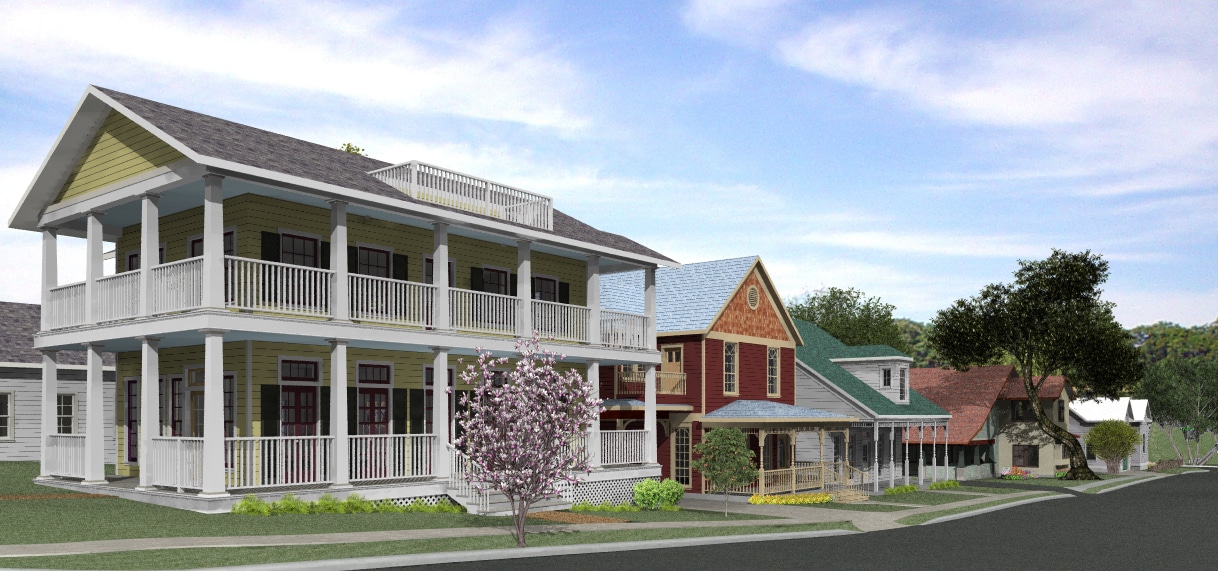
FAQs
Can I use modern materials in the renovation of my historic home?
Yes, you can use modern materials, but it’s essential to choose materials that replicate the original aesthetics. Consult with preservation specialists to ensure the compatibility and appropriateness of modern materials for historical accuracy.
Is it a good idea to renovate an old house?
Renovating an old house can be a rewarding endeavor, preserving historical charm while incorporating modern amenities. However, it requires careful planning, adherence to regulatory standards, and the expertise of professionals to ensure a successful and harmonious transformation.
What should I renovate first in my historic home?
Prioritize essential structural elements and systems such as the roof, foundation, and electrical and plumbing systems. Addressing these foundational aspects ensures the stability and functionality of the home before moving on to cosmetic or aesthetic improvements.
What documentation should I keep for my historic home renovation?
It is recommended the you keep comprehensive records, including permits, architectural plans, and photographs. This documentation not only helps in the renovation process but also serves as valuable historical documentation for the property.

